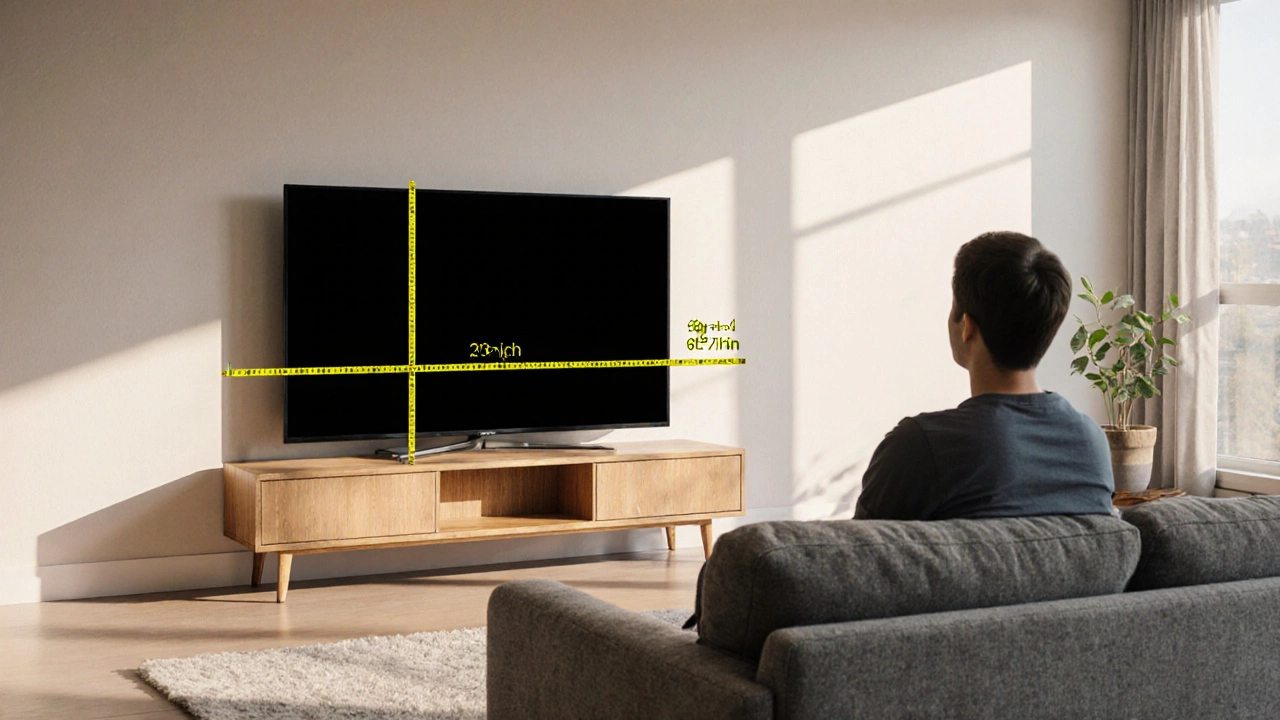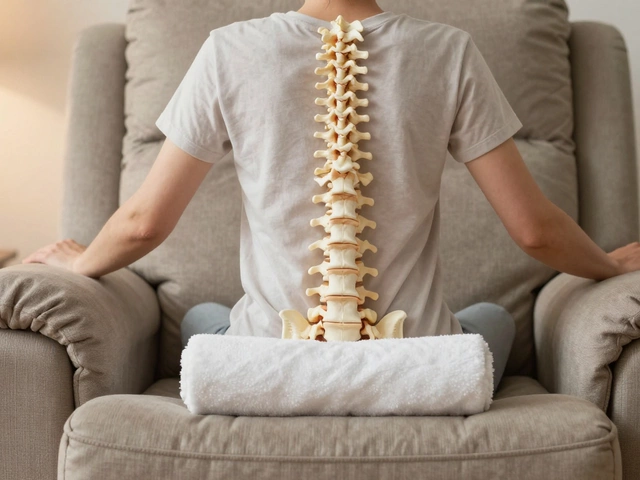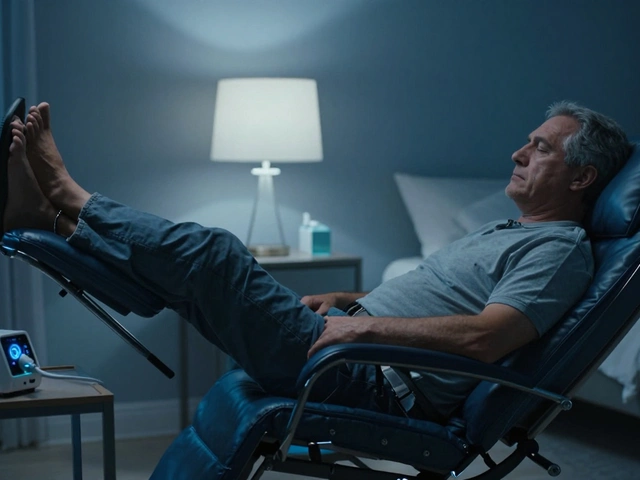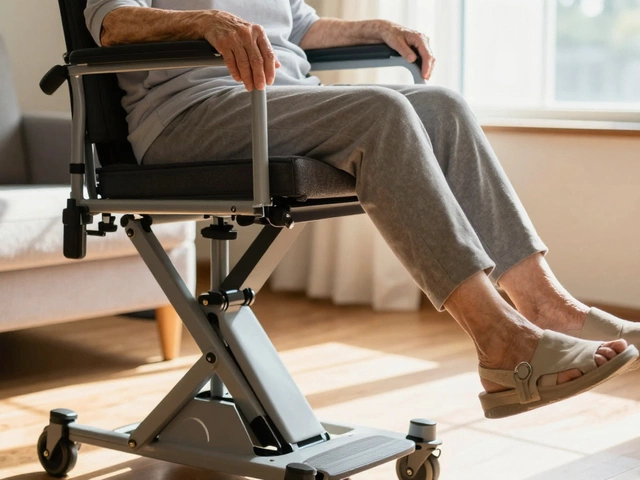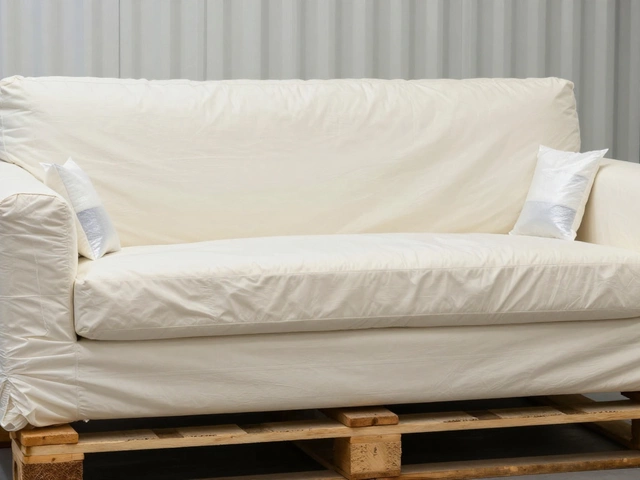Viewing Angle: How It Shapes Your Space and Design Choices
When working with Viewing Angle, the position and direction from which a room or piece of furniture is observed. Also known as perspective, it determines how size, depth, and balance are perceived. Understanding the viewing angle lets you spot awkward layouts before they become costly mistakes, and it sets the stage for better visual flow throughout your home.
Why the Right Viewing Angle Matters
One key partner of viewing angle is Field of View, the total observable area from a specific spot. A wide field of view can make a modest bedroom feel larger, while a narrow view can highlight a statement wall or artwork. When you place a custom wardrobe against a wall, the field of view from the door determines whether the whole piece feels balanced or cramped.
Another related concept is Camera Angle, the angle at which a scene is captured, often used in photography and video. In interior design, thinking like a photographer helps you pick angles that showcase the best lines of a sofa or the texture of a wooden headboard. A low camera angle can exaggerate height, making a recliner appear more imposing, while a high angle can flatten a cluttered corner.
Visual Composition, the arrangement of elements within a visual field to create harmony relies on both viewing angle and field of view. Good composition follows the rule that elements positioned along a diagonal often feel more dynamic than those stacked in a straight line. When you arrange a coffee table in front of a reclining sofa, the angle you sit at will either reinforce that diagonal flow or break it.
Perspective, the broader umbrella term for how we interpret depth, ties these ideas together. A well‑chosen perspective can make a small bedroom appear airy, while a poor one can compress space, making even a high‑quality custom wardrobe feel tucked away. Recognizing that perspective shifts with the viewer’s height—standing vs. sitting—helps you decide where to place nightstands, mirrors, or lighting fixtures for maximum impact.
In practical terms, these entities guide everyday design decisions. When selecting a neutral couch color, you’ll want a viewing angle that lets the hue reflect natural light rather than absorb it. For outdoor furniture, the field of view from your patio determines whether a durable metal set looks inviting or overly industrial. Even storage solutions benefit: a viewing angle that shows the full height of a wardrobe lets you gauge whether an internal shoe rack fits your needs.
All of this means that before you order a custom bedroom suite, you should walk through the space, note the dominant viewing angles, and think about how each piece will be seen from those spots. The articles below dive deeper into specific furniture pairings, color tricks, and ergonomic tips—all framed through the lens of viewing angle, perspective, and visual composition.
Ready to see how these ideas play out in real rooms? Scroll down to explore detailed guides on coffee tables, sofa colors, recliner features, and more, all chosen with the right viewing angle in mind.
Ideal Height for a 70‑Inch TV: How High Off the Floor Should It Sit?
Learn the exact floor height for a 70‑inch TV, calculate ideal viewing height, pick the right stand or wall mount, and avoid common mistakes.
